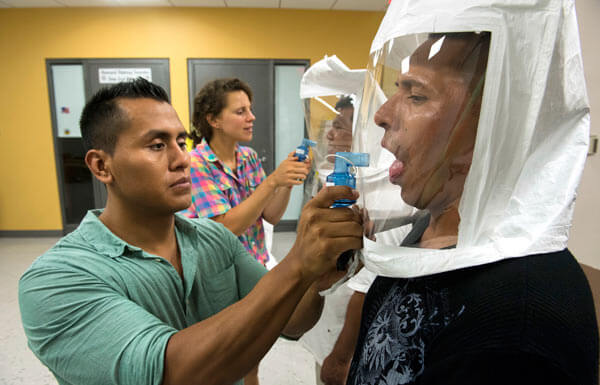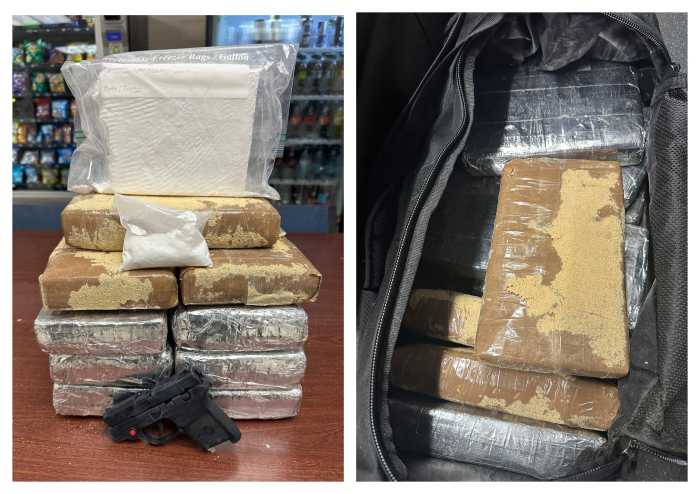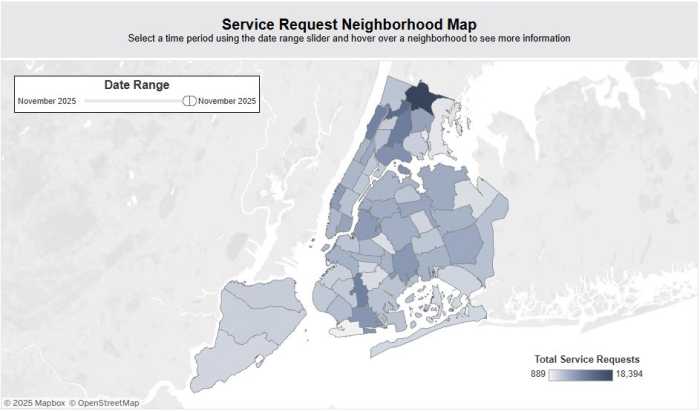By Alex Robinson
Laborers working on post-Superstorm Sandy reconstruction now have someone looking out for their health.
The Center for the Biology of Natural Systems at Queens College announced it was issued a federal grant of $547,000 to conduct research on improving working conditions for post-disaster reconstruction efforts.
“Given what we all learned from the illness of workers engaged in cleanup of Ground Zero, it is critical to prevent post-disaster workers from becoming ill when we are uncertain about the hazards,” said Dr. Steven Markowitz, director of the CBNS.
The program works directly with construction laborers to identify hazards that exist and find ways to address them. The program’s coordinators have collaborated with Make the Road New York, a citywide nonprofit that works with immigrant laborers, in two steps.
The first included educating 518 workers about chemical, biological and electrical hazards. Laborers were then provided with the proper equipment, such as respirators and steel-toe boots, to deal with hazardous materials. The second step, for which the grant was given, will have 20 laborers from the original group assess more than 200 post-Sandy worksites using information they learned in the first section.
“Then we’re going to gather them in groups and talk about what worked and what didn’t,” Markowitz said. “We want to further train them to recognize the hazards and then we can figure out the remaining barriers.”
The information that comes out of the assessments, interviews and discussions will then be used to create new training methods to address workplace safety. These techniques will be distributed to labor organizations in the hope they will be used to educate workers across the whole construction industry, Markowitz said.
From 2003-11, Markowitz treated workers who had become sick because of exposure to toxins at Ground Zero. He said he has not yet seen the same level of illness in workers after Sandy, but that programs like the one at the CBNS are vital in preventing the same kind of significant health problems.
“I don’t think the hazards in relation to Sandy are as immediately dangerous as Ground Zero. It’s a different dust. There were no fires and no smoke …. that’s why we haven’t seen health problems yet, but if you’re removing sheet rock from the 1980s they might have asbestos behind them,” he said.
Reach reporter Alex Robinson by e-mail at arobinson@cnglocal.com or by phone at 718-260-4566.





































